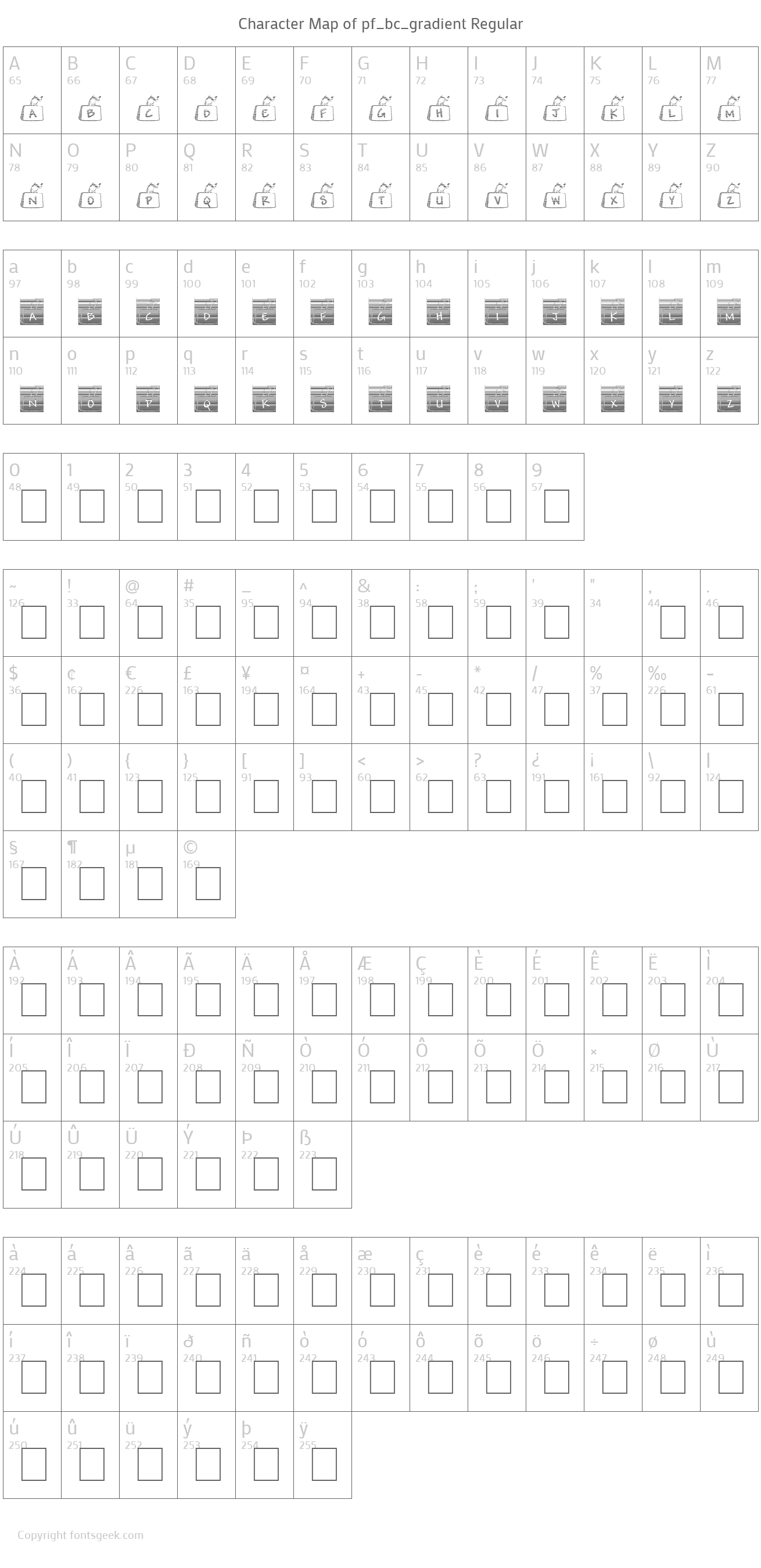
It sounds a bit involved, doesn’t it? Like a lot of hard work. You follow the lines you drew on the fabric first, then go back and fill in the shapes with different colors.

Their intricacy depends on how well you can draw freestyle, or if you have a projector, you can trace the projected image from. Then, using a quilting foot, traditionally known as a darning foot, you create designs by moving your fabric backward, forwards, and side to side. All you need is the ability to drop your feed dogs, so they don’t grab the fabric. It sounds basic enough, but there is more to it than meets the eye.įirst, you can do machine embroidery on any sewing machine. As the name suggests, machine embroidery is embroidery done by a sewing machine. To understand DST files, you need to know a little bit about machine embroidery and how it works. Modern technology has opened it up to the world of computerized machines that use DST files to create stunning designs in a matter of minutes.

Nowadays, embroidery isn’t a craft restricted to hand sewing. It’s an art form that has been around for thousands of years and it’s still as popular now as it was for our ancestors. Using different colors, thread thicknesses, and stitches, sewists of old could stitch unique and eye-catching designs to a piece of fabric to show off their needle skills.

What Are Other Embroidery File Formats?Įmbroidery is the name given to decorative embellishments sewn onto a fabric or garment with a needle.
#TAJIMA PULSE GRADIENT FILL HOW TO#
How to Convert Images to DST Embroidery Files.What Is a DST File Format for Embroidery?.


 0 kommentar(er)
0 kommentar(er)
